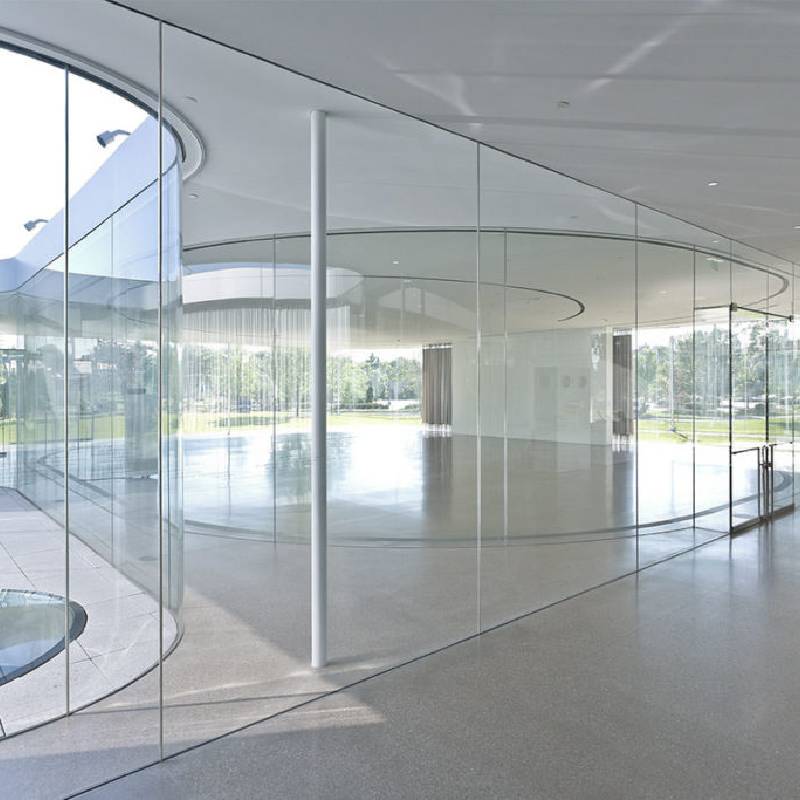

Understanding the Price Dynamics of Tempered Glass
Tempered glass, also known as toughened glass, has become an essential material in various industries due to its enhanced strength and safety characteristics. Widely used in architecture, automotive, and interior design, the demand for tempered glass has surged in recent years. As consumers and businesses look to invest in this material, it is crucial to understand the factors influencing its pricing.
What is Tempered Glass?
Tempered glass is produced through a process of extreme heating and rapid cooling, which significantly increases its strength compared to regular glass. This process allows it to withstand high temperatures and mechanical stresses, making it less prone to breaking. In the event that it does shatter, tempered glass breaks into small, blunt pieces, reducing the risk of injury. These properties make it ideal for applications such as shower doors, glass tables, storefront windows, and glass facades in buildings.
Factors Influencing Tempered Glass Prices
1. Raw Material Costs The primary raw materials for glass production are silica sand, soda ash, and limestone. Fluctuations in the prices of these raw materials can directly impact the cost of tempered glass. For instance, if the cost of silica sand increases due to supply shortages or increased mining regulations, manufacturers may pass these costs onto consumers.
2. Manufacturing Process The tempering process itself is energy-intensive and requires advanced technology. The operational costs, including energy consumption and maintenance of equipment, contribute to the overall price of tempered glass. Furthermore, manufacturers investing in state-of-the-art machinery to improve efficiency may have higher upfront costs, which can influence pricing.

3. Market Demand The global demand for tempered glass has been rising, particularly in the construction and automotive sectors. As urbanization accelerates and the need for sustainable building materials grows, the demand for tempered glass is expected to increase. This heightened demand can result in price escalation, especially during peak construction seasons.
4. Geographical Factors The location of production facilities also impacts pricing. Transportation costs, tariffs, and local market conditions can all influence the final price. For example, if a manufacturer is located far from key markets, additional shipping costs may be added to the price of tempered glass.
5. Quality and Certifications Not all tempered glass is created equal. Products that meet specific quality standards and certifications often command higher prices. For instance, tempered glass that meets safety regulations or has additional features, such as UV resistance or low-E coatings, may be sold at a premium.
The Future Outlook for Tempered Glass Pricing
As we look to the future, the price of tempered glass is likely to continue fluctuating based on the interplay of the aforementioned factors. Innovation in manufacturing processes may lead to cost reductions over time, potentially stabilizing prices. Additionally, the growing trend towards energy-efficient building practices may increase demand for higher-quality tempered glass products, which could further influence pricing structures.
In conclusion, the price dynamics of tempered glass are shaped by a myriad of factors, including raw material costs, manufacturing processes, market demand, geographical considerations, and product quality. For consumers and businesses alike, staying informed about these variables is essential for making educated purchasing decisions. As industries evolve and the demand for specialized glass products rises, understanding these pricing trends will prove invaluable in navigating the market landscape effectively.